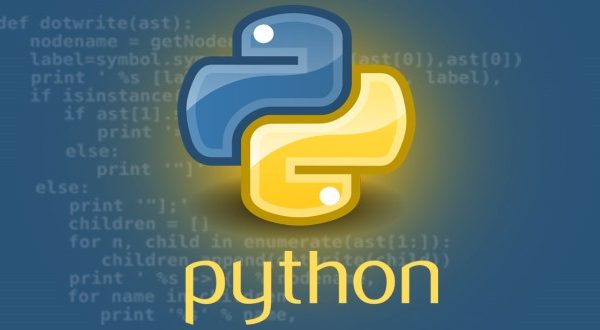Formatting Strings with Python
Introduction Sooner or later string formatting becomes a necessary evil for most programmers. More so in the past before the thick client GUI era, but the need to have a specific string representation is still a common enough use case. My first introduction was back in college when I had an old-school prof that had a impure love for making us write Java console applications with neurotic specifications for outputting with the printf(…) function. One thing that held true then […]
Read more